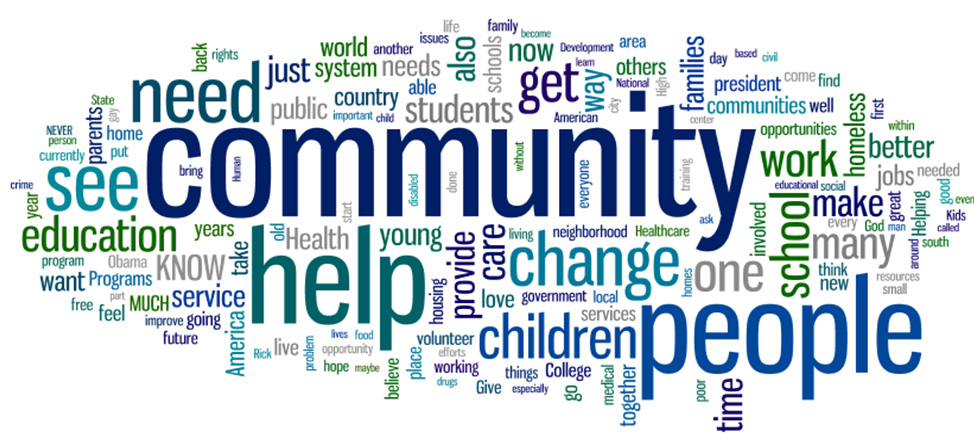
Visualizing Population Health from a Community Perspective
In my previous post I asked you to consider Population Health from a Global Perspective. I understand completely how hard that is to do. The world can be a scarier enough place without having to imagine how we can improve “health” care all around the world.
In this post I’m going to bring it down a notch and talk about Visualizing Population Health from a Community Perspective.
My first “Community” Health Impression
A few years ago the health system I worked with could not negotiate a contract with one of the Big 5 insurers. It affected me from a business standpoint as we stood to lose a substantial income business wise, but my wife’s insurance was with that particular insurer as well. What our CEO did has had a profound impact on me ever since.
She wrote a letter to every single patient with that insurance and sent it to every single employee as well. The point of her letter was basically … “The mission of our health system is to serve the health needs of this community. While our negotiations have failed with _______ we want you to know that regardless of the fact that they no longer considers us to be “in your network” we care about your health more than the finances and want to continue our relationship with you and will continue to accept the lower payments from your insurer so that you aren’t impacted because you are still our community.”
Of course as CEO her letter didn’t have a really long run on sentence like mine, but that was the gist of it. She absolutely wanted the community to know that they were our mission. AND she wanted every employee to remember that as well. Mission statements on walls are nice. But when they get lived out they can be life changing. Make no mistake there was a financial impact that was felt, but the warmth of our hearts drew us together as a system more than ever and our vision of “community” became solidified then and there.
FQHC’s
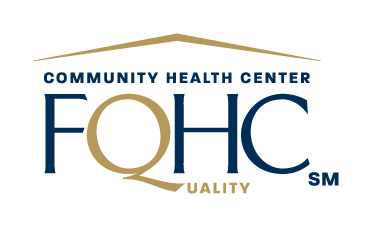 Growing up I was pretty poor. The concept of fancy smancy physician offices was totally unknown to me. We went to what we called “Free Clinics.” Free was what we could afford so they were our families version of a Primary Care Provider.
Growing up I was pretty poor. The concept of fancy smancy physician offices was totally unknown to me. We went to what we called “Free Clinics.” Free was what we could afford so they were our families version of a Primary Care Provider.
Today they are called Federally Qualified Health Centers. They still operate on shoe string budgets primarily from grants and are still lacking the marble rotundas of premier physician practices. I suppose many consider them to be the safety nets for communities like the one I lived in growing up.
However, that’s not the point of this blog. If you look at their logo you will see something pretty amazing … they call out the Q as “Quality” rather than Qualified. Why is that important to me? Beecause they are the poster child for Population Health in my book. As the large physician groups and large health system’s are still trying to understand the concept of quality initiatives and “health” not “sickness”, things like MACRA, MIPS, MAPS, MUMPS, BUMPS and BRUISES (some liberty in names has been taken) they have been focusing on those things for a long time.
The lesson to learn is in the WHY?
As I’ve shared in my previous posts Population Health is about keeping people Healthy rather than treating sickness. If you get to bill for every sickness your business model is naturally going to focus on charging for sickness. Many systems don’t even have cost accounting systems to know what their costs are for their procedures. If you are going into the red you raise the prices to compensate. Cutting costs? If you don’t know what the costs are you can’t possibly figure out where the variances are that are putting you in the red.
But if you are on a tight budget. I mean one that you can’t change. Guess what? Your operating model is to keep people from getting sick so that they don’t use up your scarce resources.
Community Health Center of Southeast Kansas
I recently met a coffee bean named Janae Sharp who is passionate about putting other coffee beans together. (If you are wondering what I mean by coffee beans be sure to read my first post.) She even has a site Healthcare Scene Blog that is like a super blog for healthcare. I will be sharing more about Janae and her work in my next post:
Visualizing Population Health from a Personal Perspective
For the sake of this post I bring her up because within no time of meeting she introduced me to another coffee bean, Karlea Trautman, who is a consultant who works with lots of FHQC’s one of whom is CHC-SEK. Her passion for these organizations is like my passion for data … way out there. So as you can imagine we had lots to talk about and all of it was enjoyable.
When she mentioned that data regarding quality of the nations health centers was available online … boom … my attention was really piqued. The Health Resources & Service Administration maintains a phenomenal nationwide database that is freely downloadable.
As the Qlik Dork I figured I owed it to you to do some research on this data, and well I flat out enjoy playing with new 0’s and 1’s. So before going to bed that night I downloaded all 4 years of nationwide data and ingested it into Qlik Sense and started playing. I had no idea what to look for so my natural first step was to look at the center that we had spent so much time talking about.
What I saw was pretty amazing. Continuous improvement across the board on clinical indicators. The things that keep people in the COMMUNITY HEALTHY. What Karlea and CHC-SEK are doing is making an impact on the community. Their numbers are not only high for the State of Kansas their numbers are high in contrast to the entire country.
Oh shoot. I just realized that simply seeing their numbers doesn’t help you understand how they fit into the “Community.” So how about this instead. The dots represent the CHC-SEK sites. The census tracts are color coded by per capita income. The darker the color the higher average income. The lighter the colors the lower the income. All of the areas these clinics are in are just above or are below the poverty line.
Of course we might want to zoom in to see even more details. The dot pictured is their main clinic in Pittsburg.
Here is a thought. A crazy one perhaps. But Karlea agreed so if I’m way off base, at least I’m not alone … what if instead of thinking of these clinics as the “safety nets” for the poor … we flipped the script and started applauding the true “health” care that they are practicing and the mega systems turned to them for advice?
What if as the rest of the world struggles to grasp for answers to what “Population Health” is around the world and what Social Determinants of Health are … these FQHC’s have had the answers for years?
How can I wrap this section up in a really cool way? What if I told you that CHC-SEK recently appointed a Director of Population Health, Mallory Roberson, to help them continue moving further forward. How awesome is that?
Ladies and Gentlemen we are now arriving in New Ulm, Minnesota
If you aren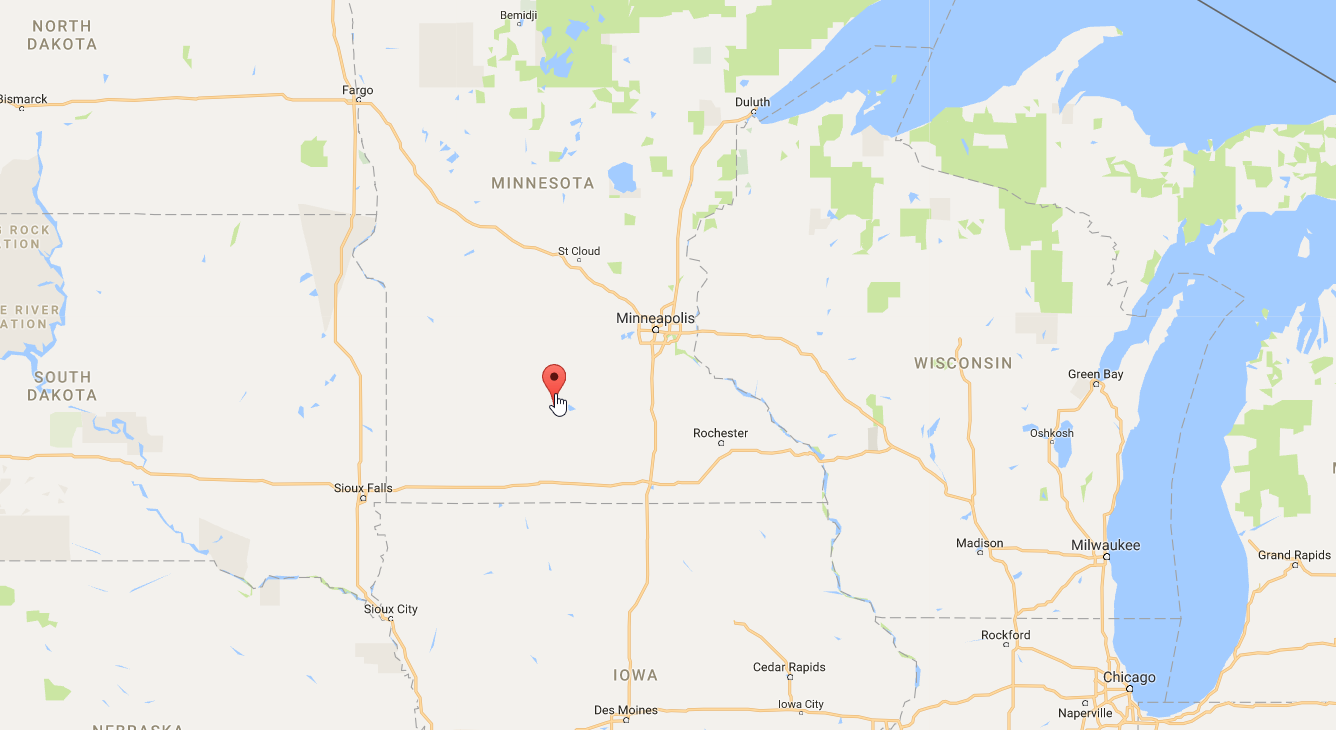 ‘t sure where New Ulm, Minnesota is don’t worry. I had no idea either and I play with maps almost daily. So I figured before talking about them I would give you a visual of where they were located as a point of reference.
‘t sure where New Ulm, Minnesota is don’t worry. I had no idea either and I play with maps almost daily. So I figured before talking about them I would give you a visual of where they were located as a point of reference.
Kind of out of the way right? Which is perfect for my story. Completely ordinary community that has been radically changed as a few coffee beans decided to focus on Population Health in their Community.
How did they get restaurants to offer better foods?
How did they encourage people to think about their health instead of waiting to deal with their sickness?
I could’t begin to do it justice. So take a few minutes and enjoy this incredible video of how a community you never heard of, but will never forget, has been radically transformed by Population Health.
https://www.youtube.com/watch?v=-y4F8AfJxa4
Entertainment or Inspiration?
That’s the question only you can answer.
Update: 8/29/2017 – Felt like I needed to update this post after the finalized 2016 data was released on the UDS site. CHC-SEK once again managed to improve their numbers and I’m happy to report that they were also the proud winner of a National Quality Award. This link is for the award site for Kansas but all you have to do is adjust the last two characters to see your state: https://bphc.hrsa.gov/programopportunities/qualityimprovement/awards.aspx?state=KS
I also reached out to Jason Wesco the Executive Vice President for Community Health Center of Southeast Kansas and he was willing to be a guest for my second Dork Cast. He shared his secret with me about how he “transforms organizations thru the use of data.” He said the trick is “consistently being curious.” Be sure to pay attention the part in the video where you see the coal miners. Jason shares from the heart why community health centers are so vital to this country. So thankful for his willingness to give his time so generously. Click here to watch our interview.
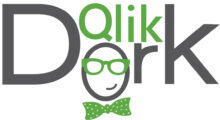


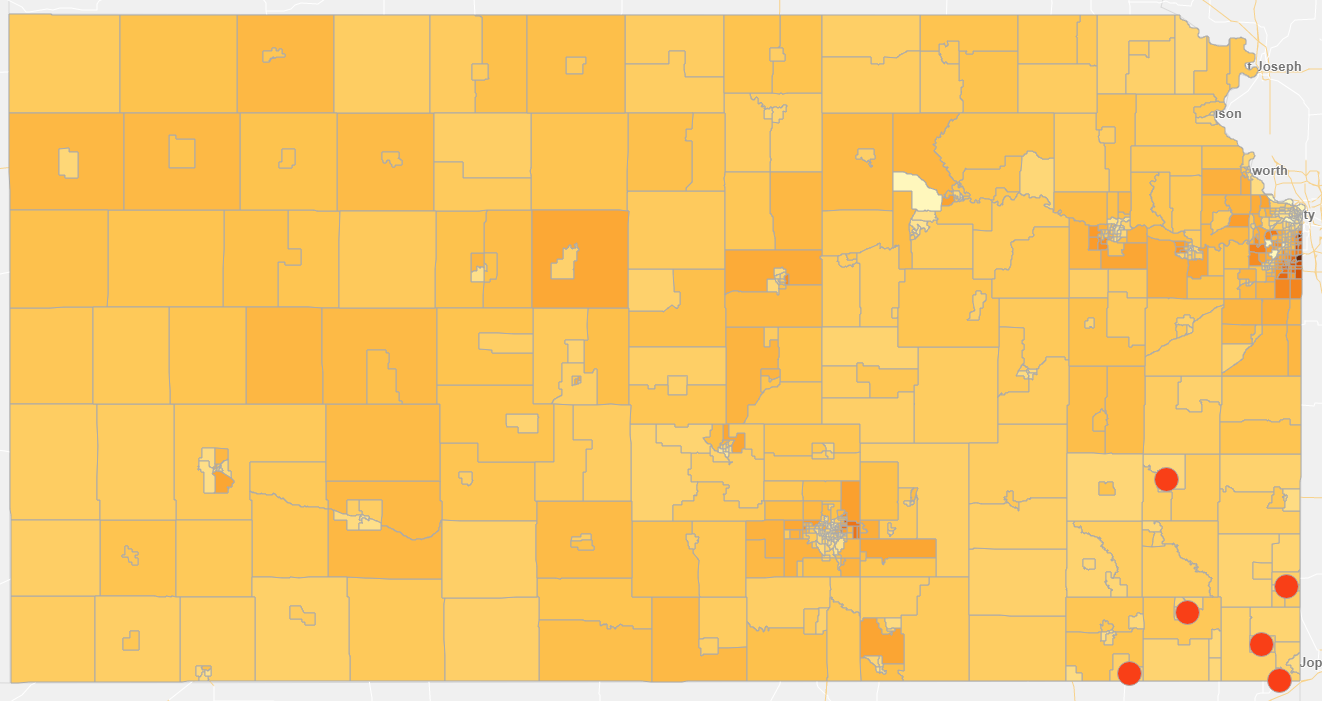
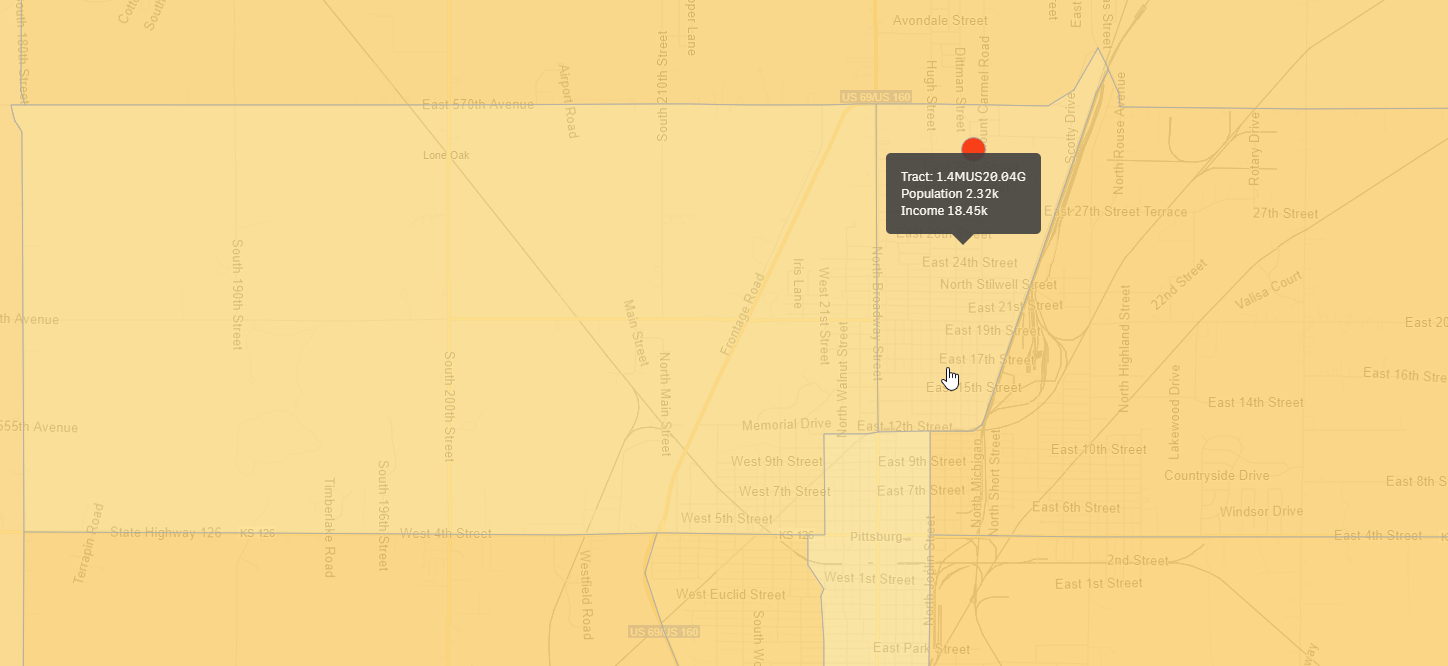
Pingback:Visualizing Population Health from a Global Perspective - Qlik Dork
Pingback:Visualizing Population Health from a Personal Perspective - Qlik Dork
Pingback:Visualizing Population Health - Qlik Dork